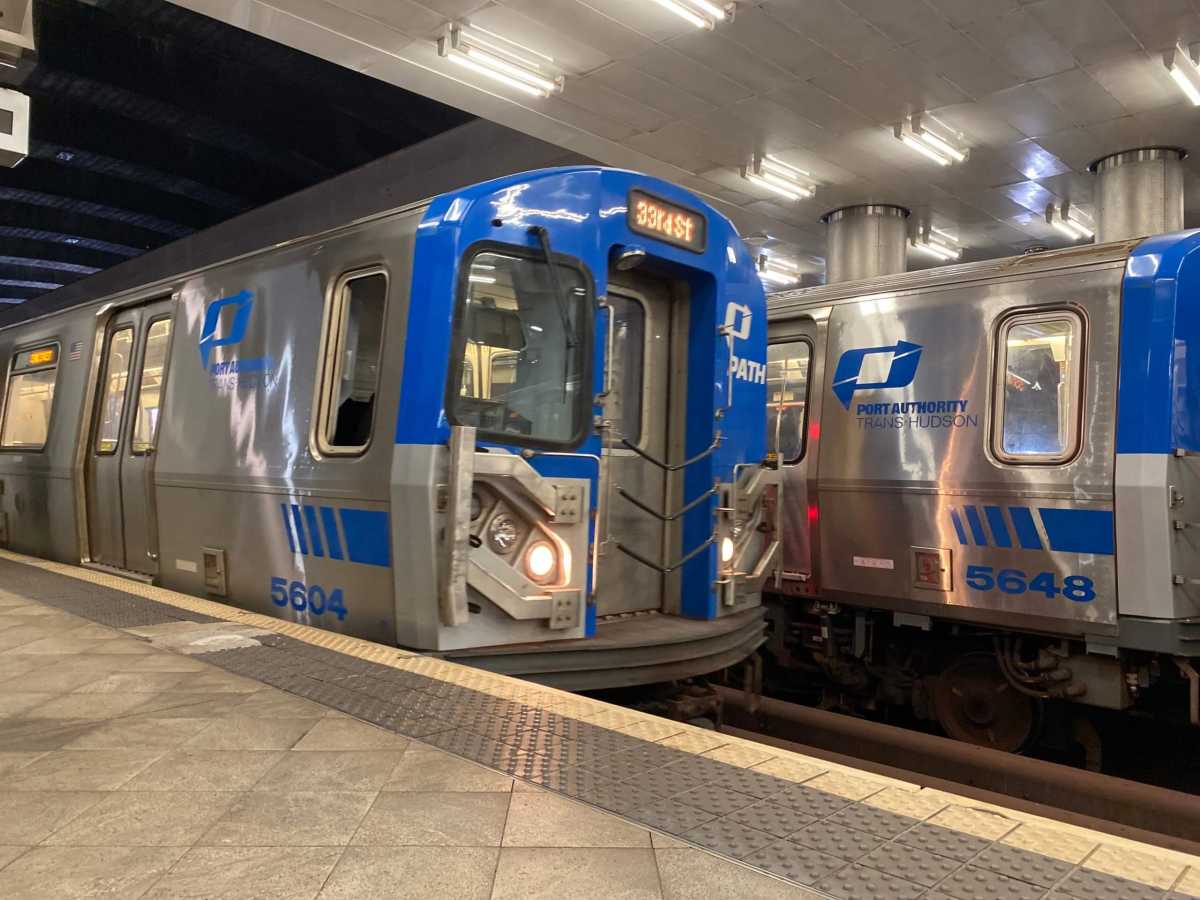Nearly two months after a study from New York University’s Grossman School of Medicine pollution in the Christopher Street Station of the PATH to be 77 times higher than on the surface, the Port Authority of New York and New Jersey hasn’t released many details about their investigation into the matter.
The Greenwich Village stop for commuters traveling New Jersey and the city topped the list of 71 underground stations for the worst air quality in early February, something agency bosses said would be investigated and resolved.
After more than two weeks of requests from amNewYork Metro, the PANYNJ hasn’t been forthcoming with a response.
Christopher Street was found to have had 1,499 micrograms of pollution per cubic meter increasing the risk of a cardiovascular event by 10% in a regular commuter, the Grossman School said on Feb. 10.
Commuters have been returning the subways and buses operated by the Metropolitan Transportation Authority in Recent weeks and stands at 30% of pre-pandemic ridership levels; our source could only assume that this meant an increase in PATH train riders as well.
In March 2020, about 1,991 average daily riders passed through the Christopher Street Station while in May, its lowest point during the height of the health crisis, about 277 people on average traveled through.
In February 2021, the average daily riders through the station were tallied at 868.
Following the release of the NYU study, PANYNJ Executive Director Rick Cotton said during an unrelated online event that they would work with the Grossman School on the methodology of their report and investigate it for themselves.
“We are totally committed to protecting the health and safety of our workers, we are totally committed to protecting the health and safety of PATH riders, and we will we will dig into this [study], come to conclusions and, if necessary or appropriate, develop an action plan to address it,” Cotton said. “We need to understand where the measurements were taken, how they were taken, what they showed and then look at both the HVAC units on the trains… HVAC units of the World Trade Center are wildly different from what exists at legacy stations so we need to dig into this.”
Of all the systems included in the study, the PATH had the highest airborne particle concentration at 392 micrograms per cubic meter. The MTA came in second for the dirtiest air, they, however, said the matter had already been examined through independent environmental consultant ATC in February 2020 and the below-ground samples were “comparable” to those taken on the surface.
They also noted that the Knorr-Merak and CASPR filtration systems are being piloted in the subway system.




































